![]() May 08 2023
May 08 2023
![]()
The world today is becoming increasingly conscious of the impact our daily choices have on the environment. In recent years, the use of disposable plastics
has garnered widespread attention, with single-use straws, cups, and lids being among the most significant contributors to plastic pollution. To address this issue,
innovative solutions have been developed to minimize waste and create a more sustainable future. One such innovation is the sugarcane pulp lid, an eco-friendly alternative
to conventional plastic lids. This article delves into the world of sugarcane pulp lids, their production process, advantages, and their role in promoting sustainable living.
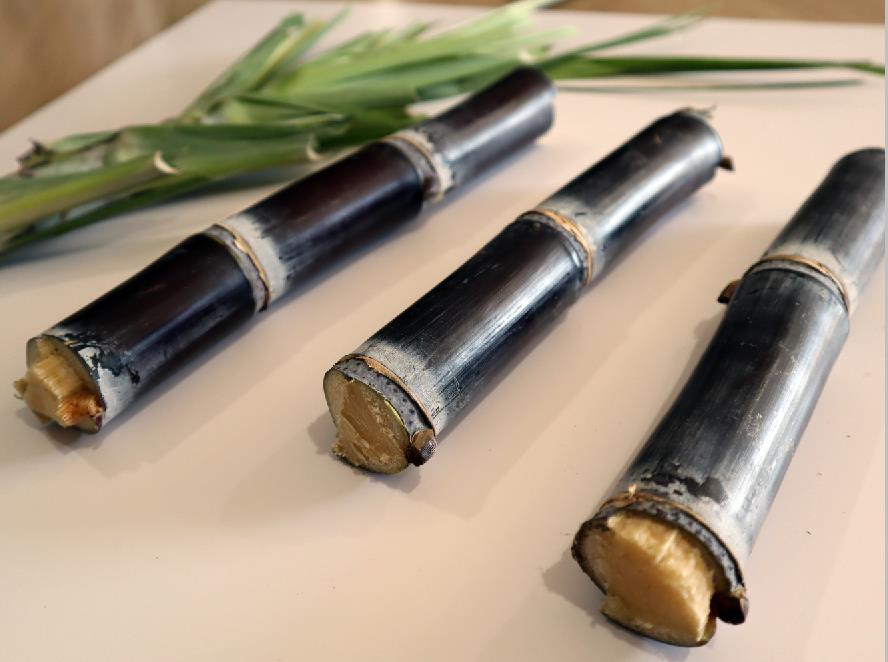
Sugarcane Pulp: An Eco-friendly Material:
Sugarcane pulp, also known as bagasse, is a byproduct derived from the sugarcane industry. After extracting the sugar juice from the sugarcane stalks,
the remaining fibrous residue is used to create a sustainable and biodegradable raw material. This material can be molded into various shapes, making it
an ideal candidate for creating eco-friendly alternatives to conventional plastic products.

Production Process: The process of producing sugarcane pulp lids begins with the collection of sugarcane bagasse.
This fibrous material undergoes a series of steps, including washing, refining, and bleaching to remove impurities and achieve a consistent texture.
Next, the pulp is mixed with water to create a slurry, which is then poured into molds and pressed into the desired shape. Finally, the molded products
are dried and sterilized before packaging and shipping to customers.
Advantages of Sugarcane Pulp Lids:
1. Biodegradable: Sugarcane pulp lids are compostable and break down in a relatively short period when compared to their plastic counterparts, which can take hundreds of years to decompose.
2. Renewable resource: Sugarcane is a fast-growing crop that can be harvested multiple times a year, making it a more sustainable choice than petroleum-based plastics.
3. Reduced carbon footprint: The production of sugarcane pulp lids generates fewer greenhouse gas emissions than traditional plastic manufacturing.
4. Versatility: Sugarcane pulp can be easily molded into various shapes, making it suitable for a wide range of applications beyond beverage lids, such as plates, bowls, and containers.
5. Health and safety: Sugarcane pulp lids are free from harmful chemicals like BPA, phthalates, and other toxic substances typically found in plastics.
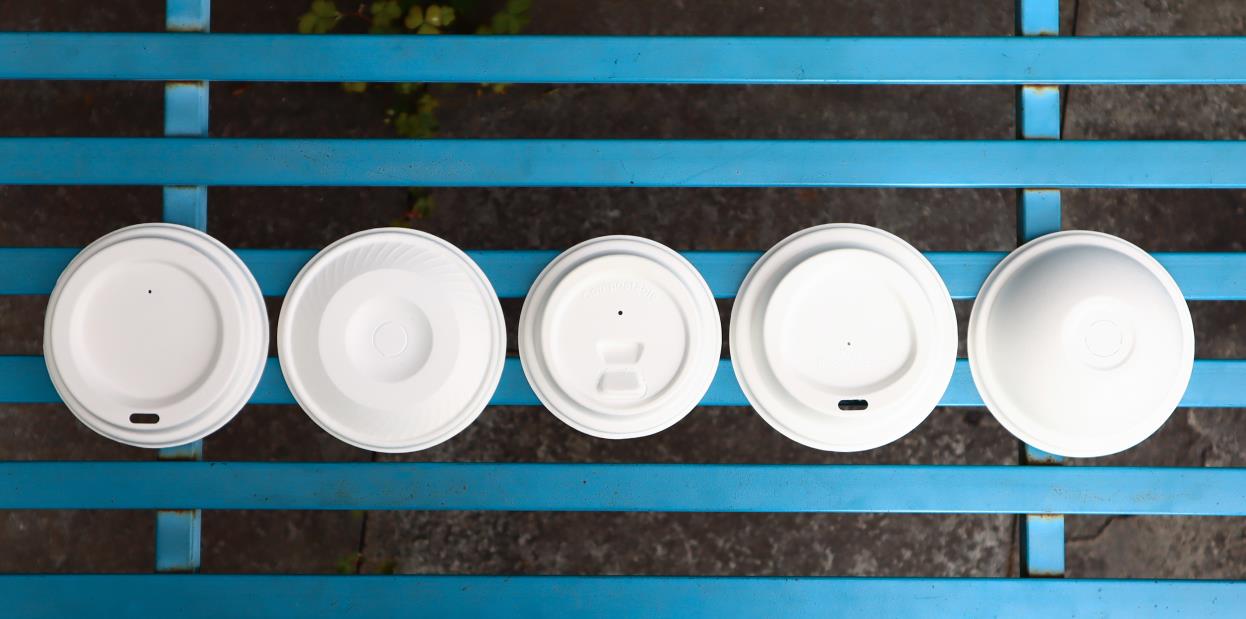
Challenges and Opportunities: While sugarcane pulp lids have numerous advantages, some challenges need to be addressed. For instance,
the production cost of sugarcane pulp products is currently higher than that of traditional plastic products. Moreover, infrastructure for the large-scale
collection and processing of bagasse must be developed in regions where sugarcane is grown.
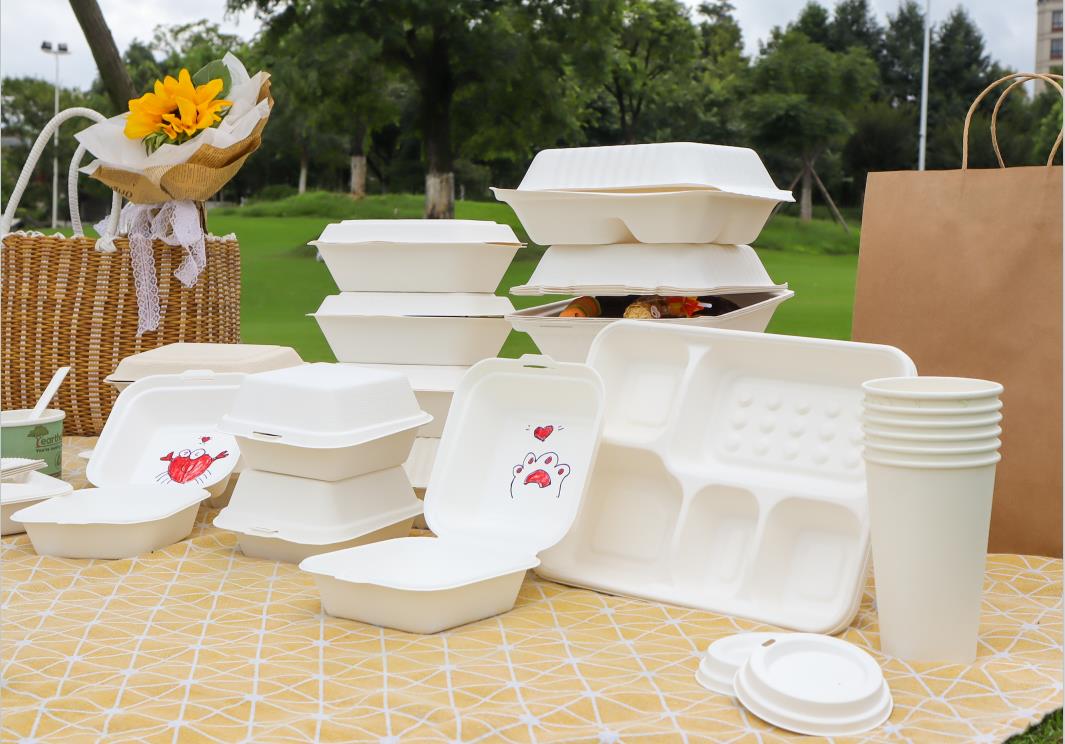
Nevertheless, these challenges present opportunities for growth and development. As more businesses and consumers embrace eco-friendly alternatives,
demand for sugarcane pulp lids and other sustainable products is expected to rise. This will encourage investment in research and development, leading to more efficient production methods and the growth of the sustainable packaging industry.
Conclusion: The sugarcane pulp lid revolution offers a promising alternative to single-use plastic lids, paving the way for a more sustainable and eco-friendly future.
As consumer awareness about environmental issues continues to grow, innovations like these will play a crucial role in mitigating the negative impacts of our choices on the planet.
Embracing the use of sugarcane pulp lids and other sustainable alternatives is not just a trend, but a necessity for ensuring a cleaner, greener world for future generations.
PRODUCT CATEGORIES
![]() You May Also Like
You May Also Like
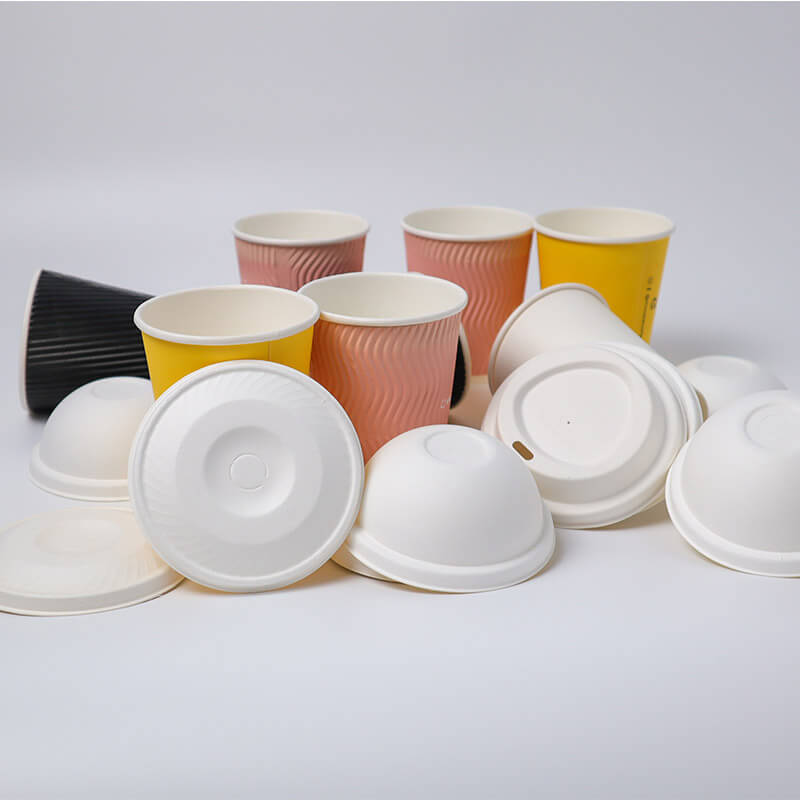
Custom Biodegradable Bagasse Pulp Cuplids, Coffee Paper Cup And Lids
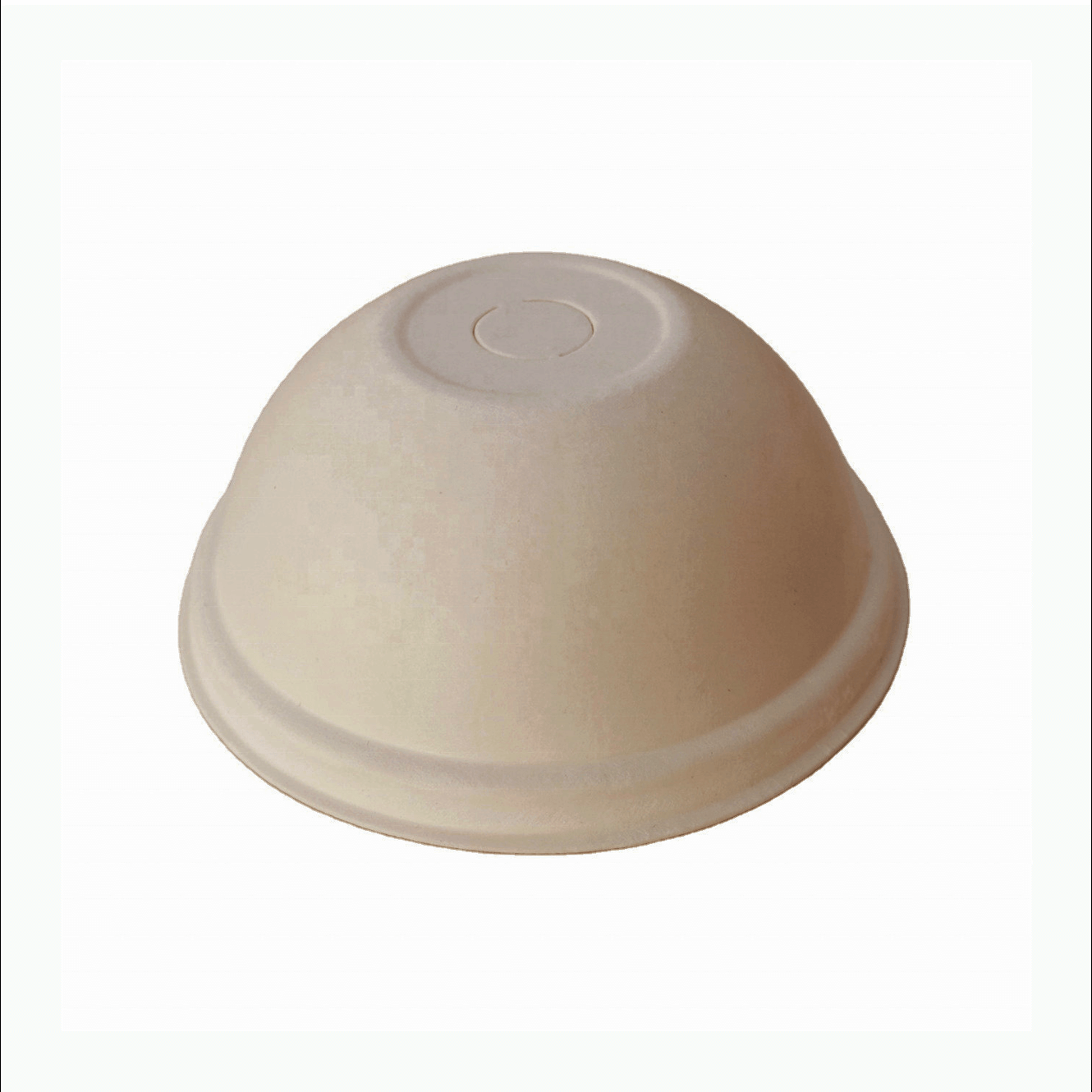
80mm Bagasse paper lid, dome shape, natural brown
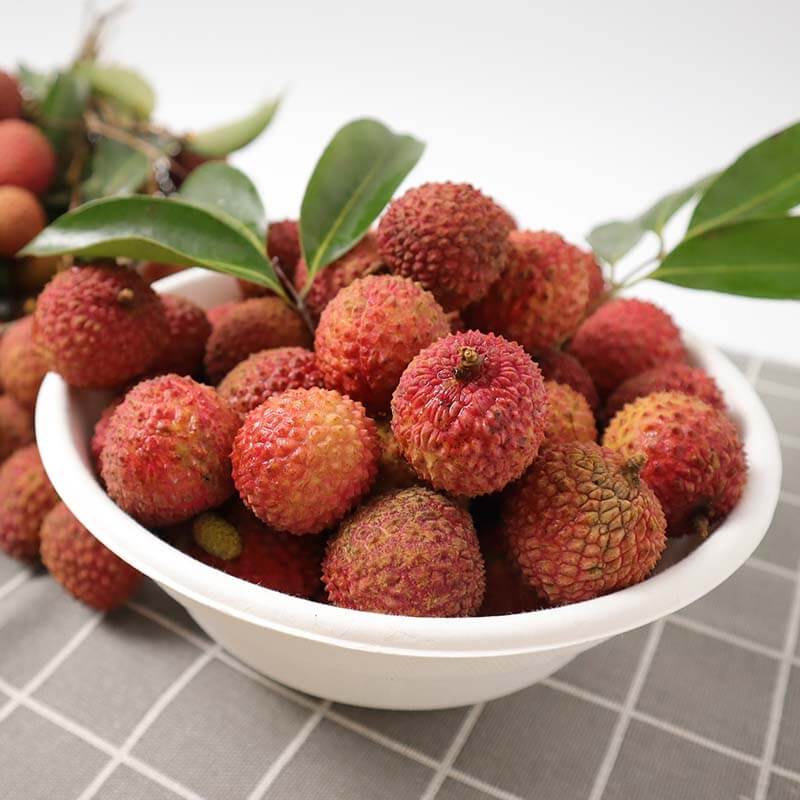
Wholesale Biodegradable Disposable Bagasse Salad Rice Fruit Bowl

7 x 5 inch Rectangle bagasse clamshell, white
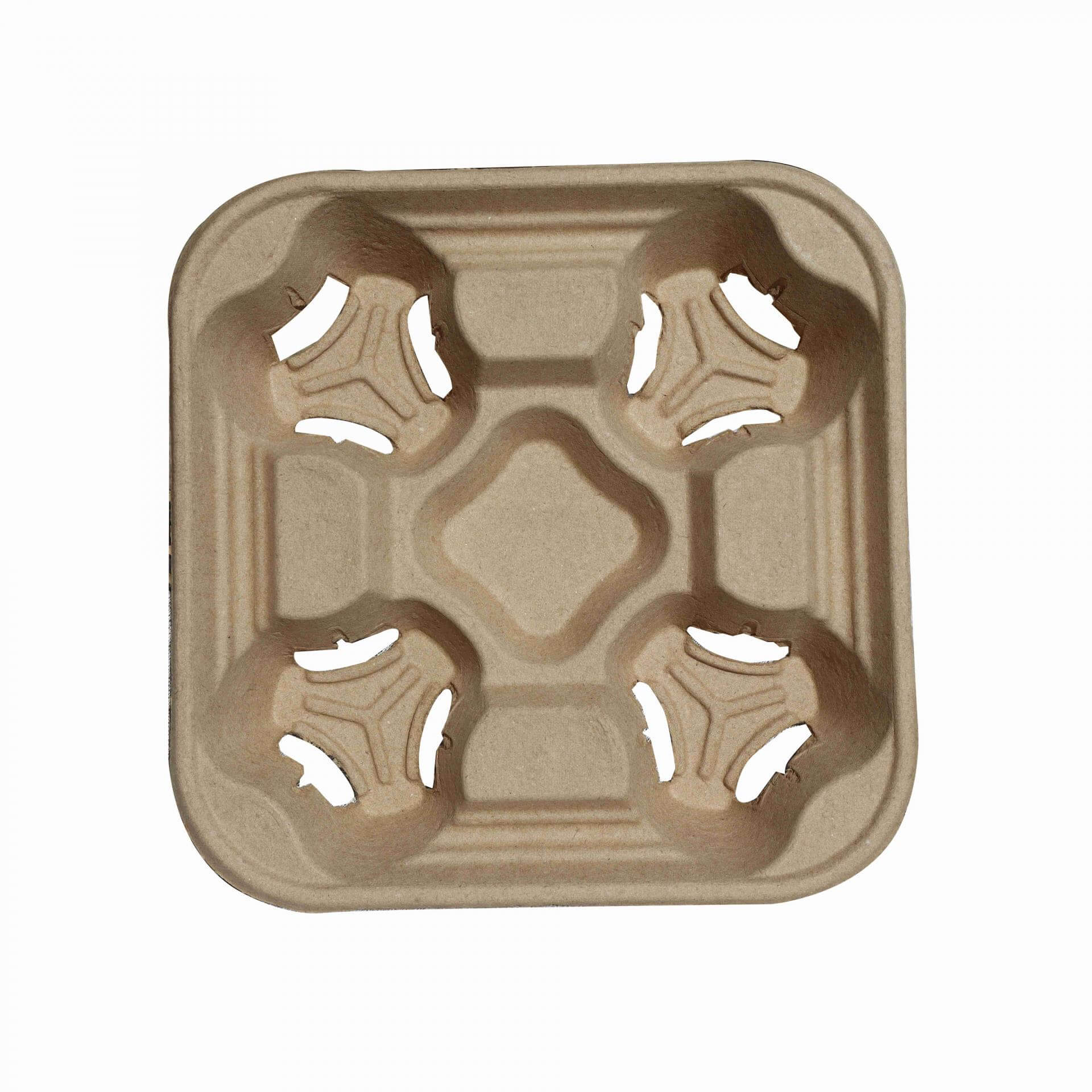
Corrugated pulp disposable 4 cup holder tray takeaway carrier

90mm natural brown sugarcane pulp sip lid, round design
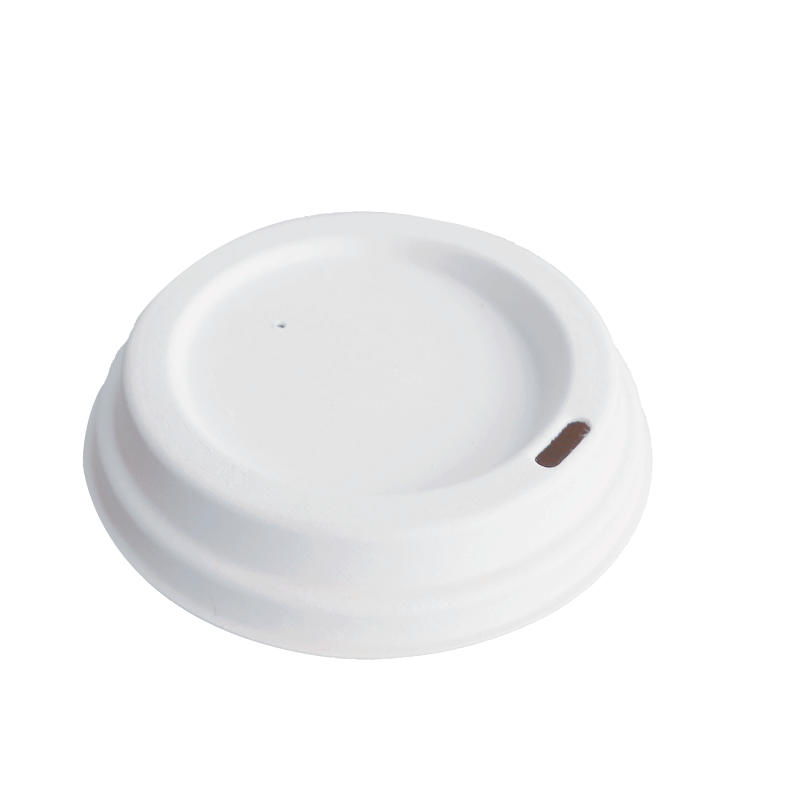
90mm White sugarcane pulp sip lid, round design
